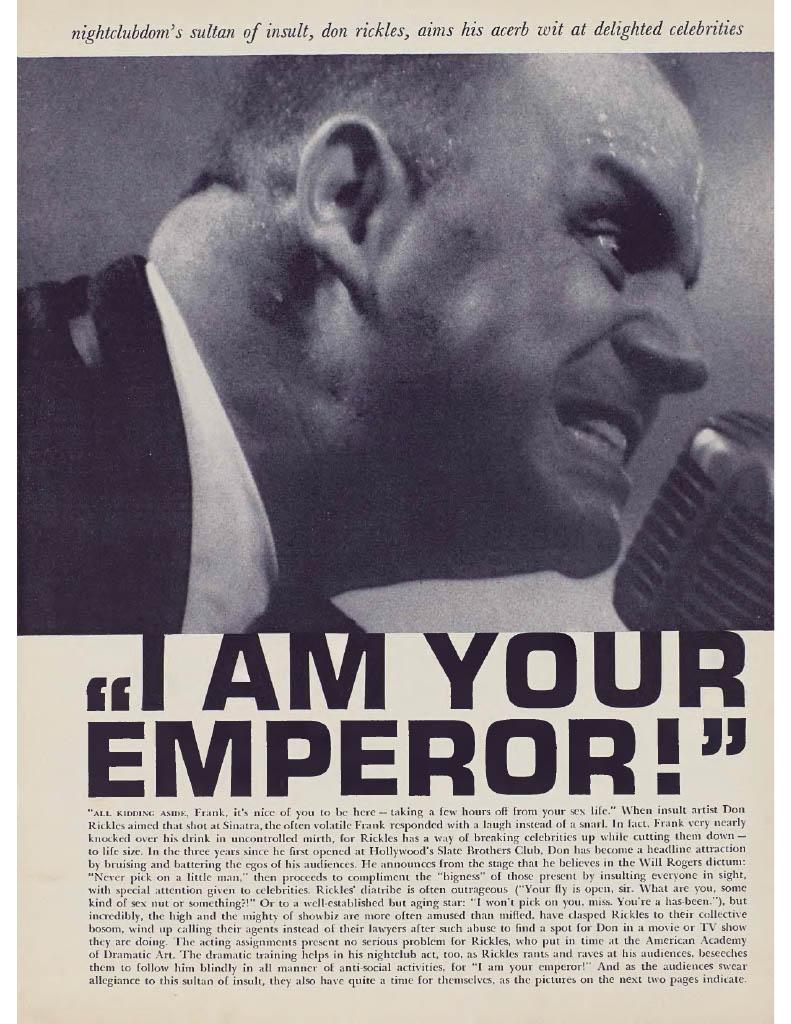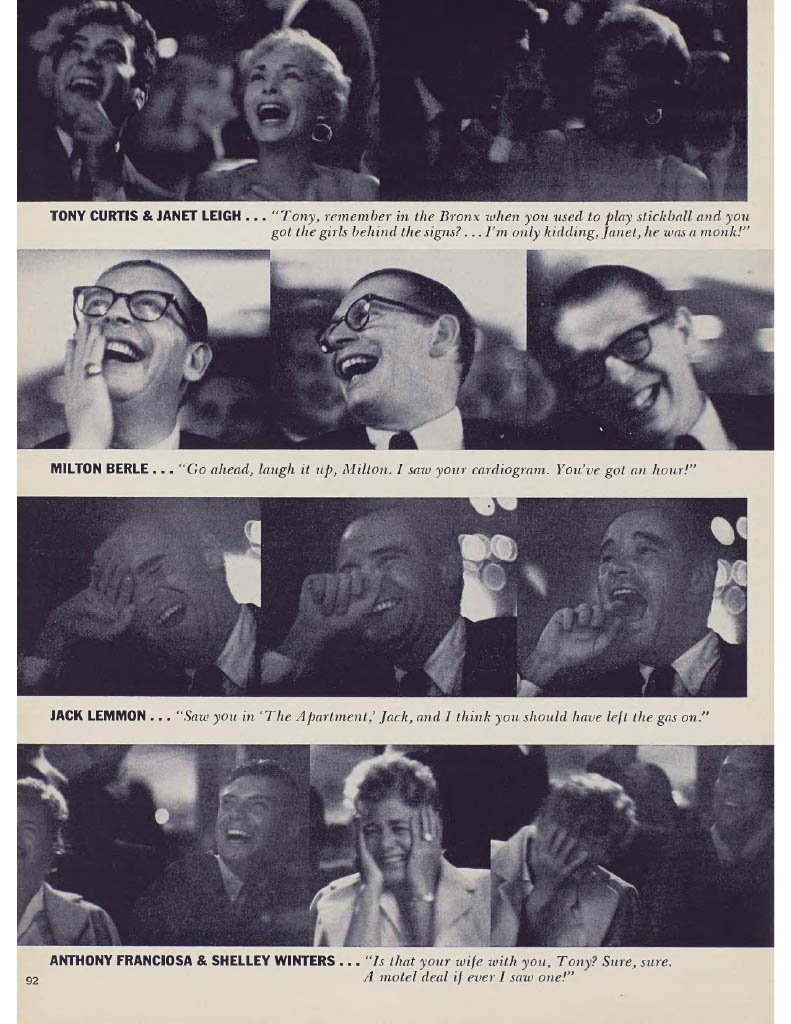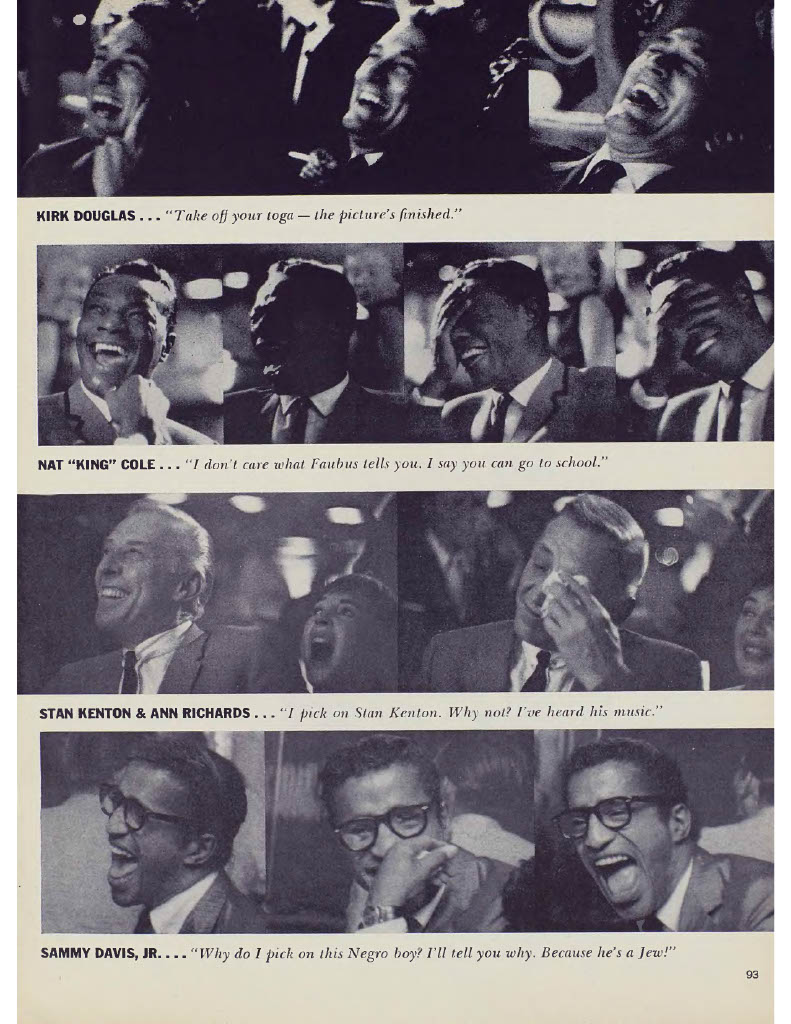
Review from NYTimes…
In Love, on the Road and Undead
By Dwight Garner
Lorrie Moore’s new novel, “I Am Homeless if This Is Not My Home,” braids a historical ghost story with a zombie romance.
There’s a well-known bit of literary advice, often misattributed to Vladimir Nabokov, that goes like this: The writer’s job is to get the main character up a tree, and then, once he’s up there, throw rocks at him. This maxim is sound, so far as it goes. But it doesn’t say what should happen if the character dies and comes back to life as a tree — or at least a treelike variety of zombie.
This is what happens in Lorrie Moore’s fluky, fitfully funny and folk-horror-adjacent new novel, “I Am Homeless if This Is Not My Home.” The book is set during the run-up to the presidential election in 2016, a year when the world fell out of joint for almost everyone. It certainly did for Finn, a young high school teacher.
Finn’s brother, Max, is dying in a hospice in the Bronx. Then the love of his life, an ex-girlfriend named Lily, dies by suicide. But lo, somehow, here she is after her burial, undead, with dirt in her mouth and worms wriggling on her neck. Finn is still in love with Lily. Lily is still in love with Finn. This is perfect. They commence a road trip.
That is essentially the plot of “I Am Homeless if This Is Not My Home,” with an additional twist. Threaded into the story are a series of diary entries, written as grieving letters, from the proprietress of a 19th-century boardinghouse. Two deaths are involved here as well. Finn finds these diaries at the house, now a decrepit tourist lodge, and steals them. Ghost story begins to braid with zombie story.
Even before her death Lily was said to resemble an apple tree. Beautiful, in Finn’s estimation, “until she started throwing her apples at you, hard hurtful pitches, like the trees in ‘The Wizard of Oz.’” If she weren’t likened to an apple tree throughout the novel, you might think of Lily as a manic pixie dream ginkgo.
One searches for literary precedents. In John Steinbeck’s third novel, “To a God Unknown” (1933), a man talks to his dead father’s spirit through an old tree. This man also, in one scene, makes love to the earth, as if he were Bill McKibben after two bottles of merlot. In Sheila Heti’s coolly apocalyptic recent novel, “Pure Colour,” a young woman, also mourning her dead father, enters a leaf and remains there for a while, converting sunlight into a light lunch.
The book critics of The New York Times have never handed out grades to novels or labeled one a “critic’s pick.” My predecessors and I have said our pieces with no available shortcuts. While reading Moore’s new one, I did sometimes think about how I’d rank it.
John Berryman said there are two ways to rank writers: in terms of gift and in terms of achievement. Moore has both. She is an American authentic. Over the course of her almost 40-year career she has published three previous novels and four books of stories. These stories are gathered in what is (so far) her masterwork: “Collected Stories,” from 2020.
Moore is a consummate user of the English language; her moisture-wicking sentences confirm and reconfirm your sanity. So many of them you want to frame and hang.
But when her books don’t work, they can seem especially futile — compilations of despairing wisecracks, tossed out as if in the “Saturday Night Live” writer’s room, bags of popcorn with many unpopped kernels. Which is a long way of getting around to sneak-delivering what I think are the first grades of my career. In terms of the other fiction published so far this year, “I Am Homeless if This Is Not My Home” is an easy A. In terms of Moore’s own high standards, it’s a C at best.
The novel begins with one of the 19th-century diary entries. It is so charming and sly and dirty that you might realize: This is what you’ve always wanted, a modern historical novel — an “Oldest Living Confederate Widow Tells All” or a “Lincoln in the Bardo” — from Lorrie Moore. The diarist is in lust with a gentleman boarder and his sexy pomaded mutton chops. He says she has inner beauty. “I wish it would strike outward,” she replies. “It’s best to have things come to the surface.”
You settle into the tone of this story. Move over, Hilary Mantel. That’s how good the opener is. There’s a bit of Cormac McCarthy’s recent cosmic-circus high jinks. Then a different story comes along to replace it. It’s as if you are a child again, and someone has stolen your hot dog.
Moore once said that to write a short story, you must be able to stay up all night. Parts of “I Am Homeless if This Is Not My Home” seem to have been written late at night, in a good way. She has a terrific time describing the undead Lily, her eyes as gold as chicken fat, her ribs like Venetian blinds, her teeth like little nuts, with a complexion that resembled “the gray-green yolk of an overcooked egg.” She reeks of fish and cheese, or of week-old poultry.
She’s a lukewarm mess, but not to Finn. She bestows her swampy splendor on him. They have car sex. They seem totally into it. This reader kept flashing back to the necrophilia scenes in William T. Vollmann’s dreadful, in every regard, “Last Stories and Other Stories” (2014), which are all weedy crotches and sour nipples that pop off in lovers’ mouths.
Lily is so good-humored, and her banter so lively, that she also calls to mind the undead and half-chewed and grave but still antic Griffin Dunne in the film “An American Werewolf in London.”
Moore stretches for deeper themes in this novel, and of course they’re there: It’s a book about loss, and about the patience and endurance it takes to treat the dying with respect, and about the shaggy and multiform varieties of love.
But it’s more about the jokes. When Finn starts to mansplain something about the Mariana Trench, Lily asks, “Didn’t you date her in high school?”

Lorrie Moore, author of “I Am Homeless if This Is Not My Home.”
Credit…John Foley / Opale / Bridgeman Images



